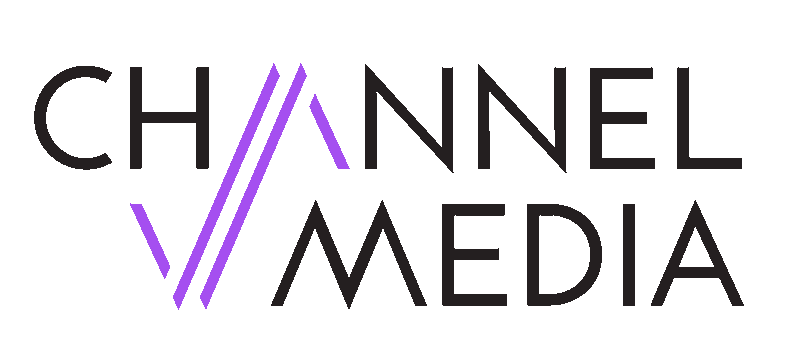Marketing Can Actually Fix Problems, Not Just Make Them Look Better
I was recently editing a soon-to-be released book—Going Mad: The Rise and Fall and Rise of a Madison Avenue Lunatic—by advertising legend Steve Penchina. You might not know his name, but you know his work; in particular, the Xerox “Monk” commercial that landed him in the Clio Hall of Fame and which the New York Times named “One of the best 35 commercials ever made.” One particular anecdote that stood out to me in his book, however, was about the work of Carl Ally Inc., an agency he worked for before starting his own.
Northeast Airlines came to Carl Ally when it couldn’t fill enough seats. Their problem was two-fold: they needed more business customers (80% of their total business) and they didn’t want existing customers to be turned off by the empty seats. Northeast looked to the agency for a solution to their real-life business problems, not just for a good way to sensationalize their brand with distraction tactics.
And thus was born the Northeast Yellowbird “Seat-and-a-Half” campaign. As the story goes, Carl Ally was able to solve their problem by recommending the airline fold the middle seats down and promote their new business “desks”—one-and-a-half seats for the price of one—for the business traveler who needed to spread out and get work done. And it worked. Instead of trying to dance around a failing model or using the magic of marketing to distract from it, the agency came in and helped solve the problem, and then advertised the new and improved offering with great success.
So, what’s this got to do with healthcare marketing? It has to do with every type of marketing, really, but it is especially true in healthcare, where the best marketing strategy is the one that addresses the actual business problems in addition to the messaging, positioning, and communication ones. To be fair, not a lot of marketing agencies are given a ton of free reign to come in and clean up house like this. But let’s pretend for a minute that they are. Here are a few specific ways we can take a current preferred tactic to the next level, so that our clients view us as a business solution rather than just a business decoration.
Right now, the move to wellness is a go-to weapon for healthcare marketers and the organizations they serve. Their recipe is some mix of: introducing pastel colors into the logo and other identity materials; adding the word “Wellness” into the organization’s name; creating a few dedicated microsites and landing pages for specific problem areas, and producing a flurry of educational materials for patients/clients/what-have-you, who the organization suddenly wishes to, well, help keep well. Hey, that’s not a bad start, but a lot of times there’s not a ton of infrastructural change behind these more superficial ones. After all, it’s way easier to update your Brand Bible—A new healthy looking font? Don’t mind if I do!—than it is to update antiquated policies and deeply ingrained legacy processes. Not to mention, cut through layers and layers of red tape…
Another problem you’re going to need to solve is the fact that sometimes—a lot of times actually—wellness is actually antithetical to a healthcare organization’s business model, which depends on people being ill. It takes a lot to get the public to suspend its disbelief while their local hospital or pharmaceutical conglomerate rolls out its new touchy-feely-caring “wellness” campaign.
But let’s say that none of this is the case, and that your suggestions might actually be heard. In addition to the how-to pamphlets and lists of “Top 10 Ways to Increase Your Health: Seniors” direct mail pieces, why not suggest the introduction of a corporate wellness program that rewards companies for their staff’s improvement with reduced insurance rates? (Many insurance companies have such programs in place but they could use some serious improvement.)
Why not gamify wellness by launching mobile, online and/or social contests? Why not introduce personalized online or mobile dashboards that not only significantly increase direct engagement with the customer and actually help them manage their health, but ultimately have the potential to become serious new revenue streams? Why not incentivize people in the community who are working to help others get well? Perhaps consider partnerships with non-traditional providers of wellness—the yoga instructors, juice shops, and physical trainers—who were in the wellness game before it was even a twinkle in your little wellness eyes?
All of these things sit right at the intersection of marketing and infrastructural change. They’re not total game changers, but they’re a good start. They demonstrate that there’s a little substance behind the new sea foam green logo and overly compassionate website copy and stock imagery. You may not always be able to transform an entire business, but you can usually help it change one little thing at a time by going above and beyond your usual. Or at least you can try to.
About Channel V Media
Welcome to Channel V Media (CVM). We’re an award-winning PR and communications agency, founded in 2008.
We build market momentum for Fortune 500 and emerging companies, advising and executing on Communications Strategy, PR strategy, and digital marketing. We specialize in breaking clients into new markets and categories, rising to the top of crowded conversations, and reinvigorating enthusiasm for long-standing companies as they compete in new areas.
CVM builds awareness for companies and their products, develops C-suite leaders into industry visionaries, positions clients to be among the most vocal in high-value conversations, and drives inbound leads.
Some of our clients include Sopra Banking Software, GFT, Penn Mutual, IBM, Bluecore, Grapeshot + Oracle, Fortune & Frame, and others.





